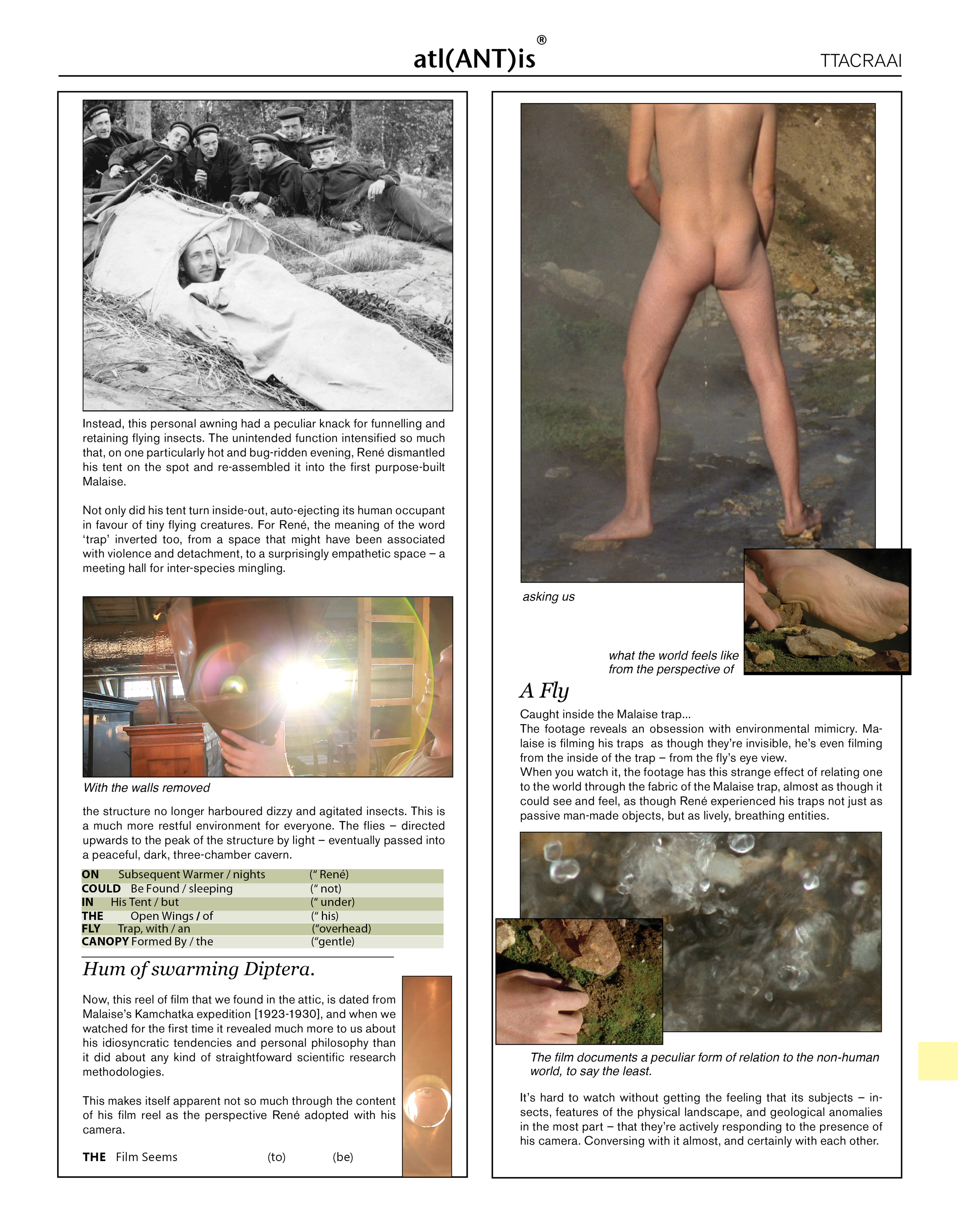








Site 1: Elduvik, Faroe Islands
Latitude: 62° 16' 34.20" N
Longitude: -6° 54' 20.99" W



























Site 2: The Glacier Emergency Hut
Latitude: 65° 55' 33.0744'' N18°
Longitude: 52' 50.4912'' W
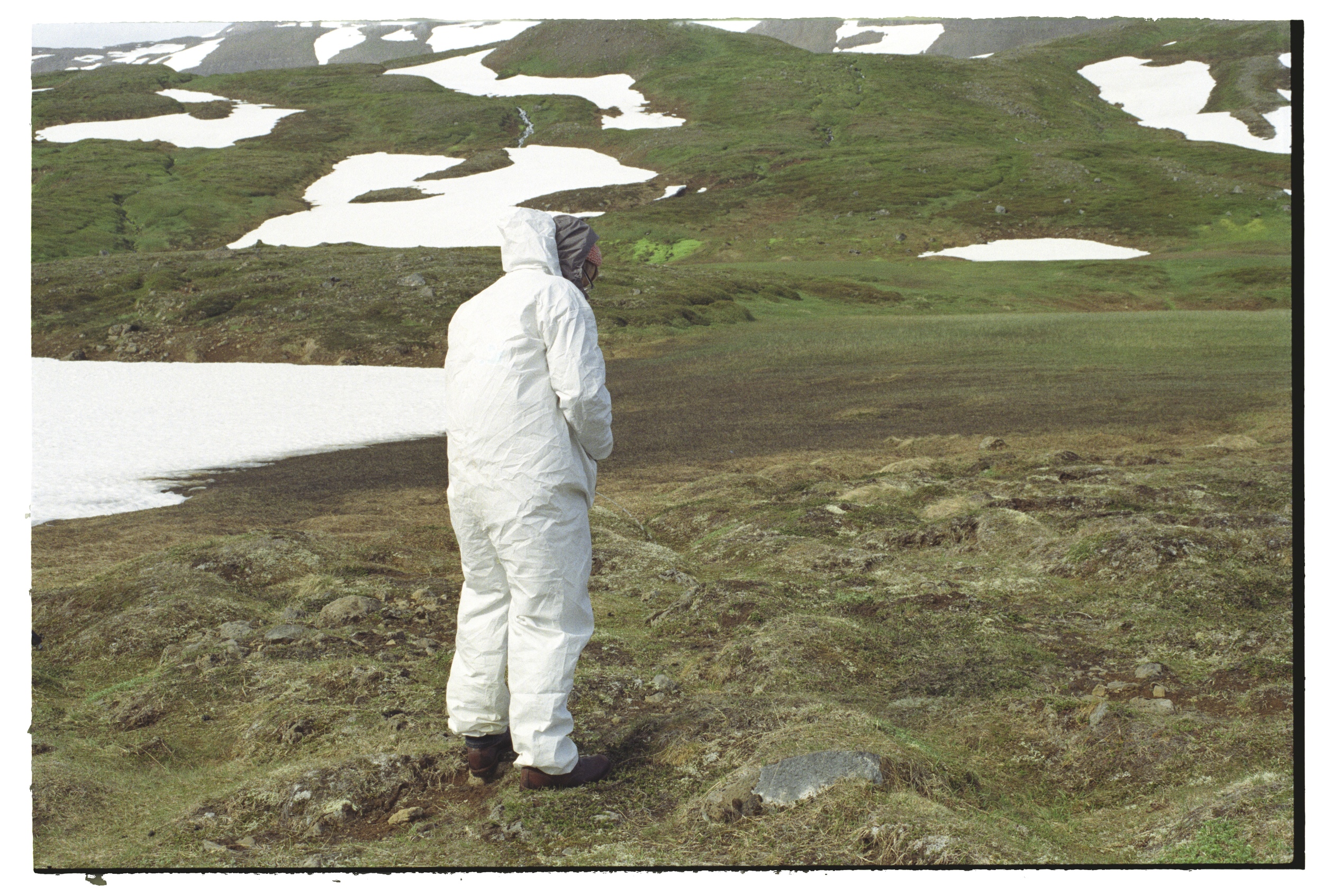
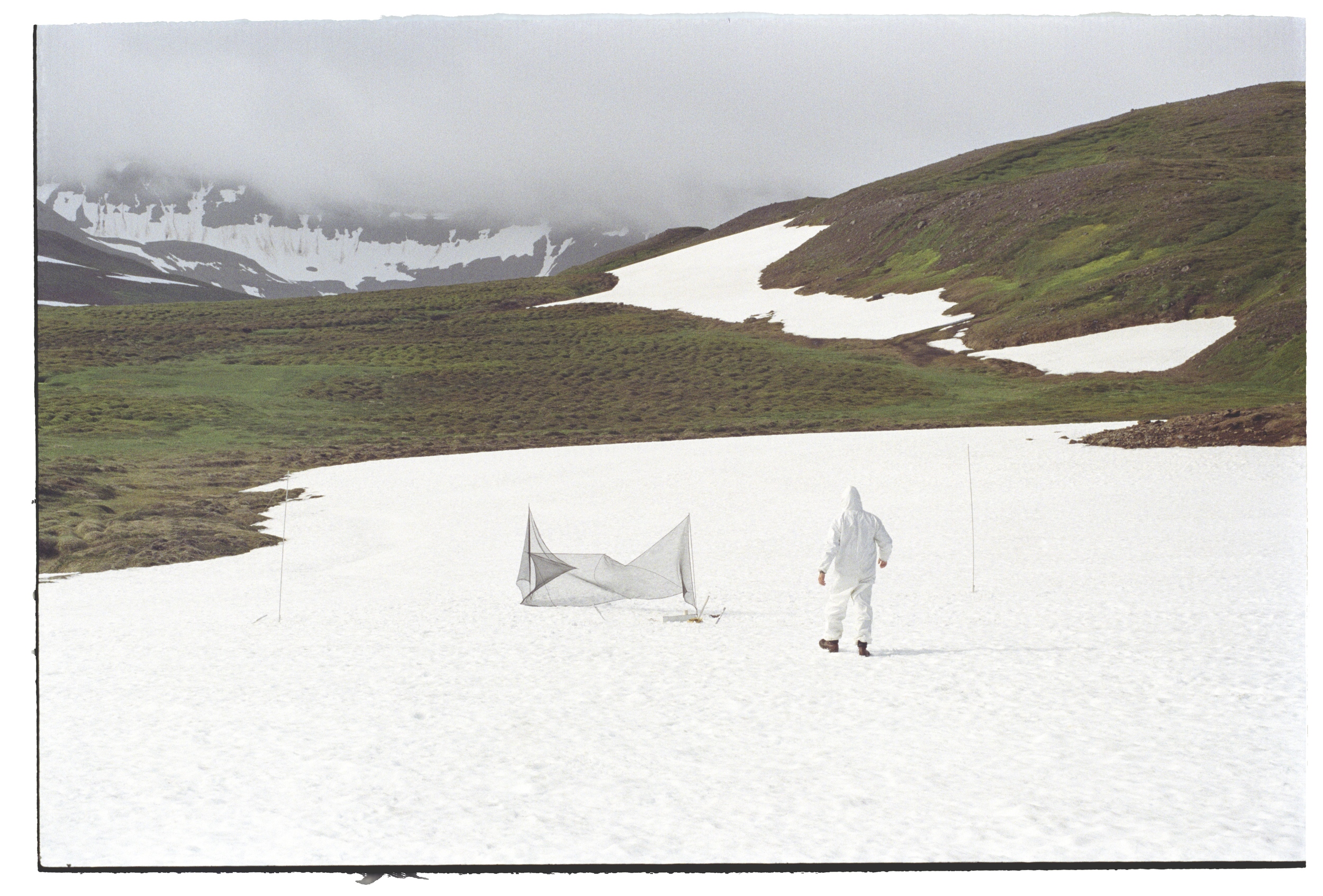
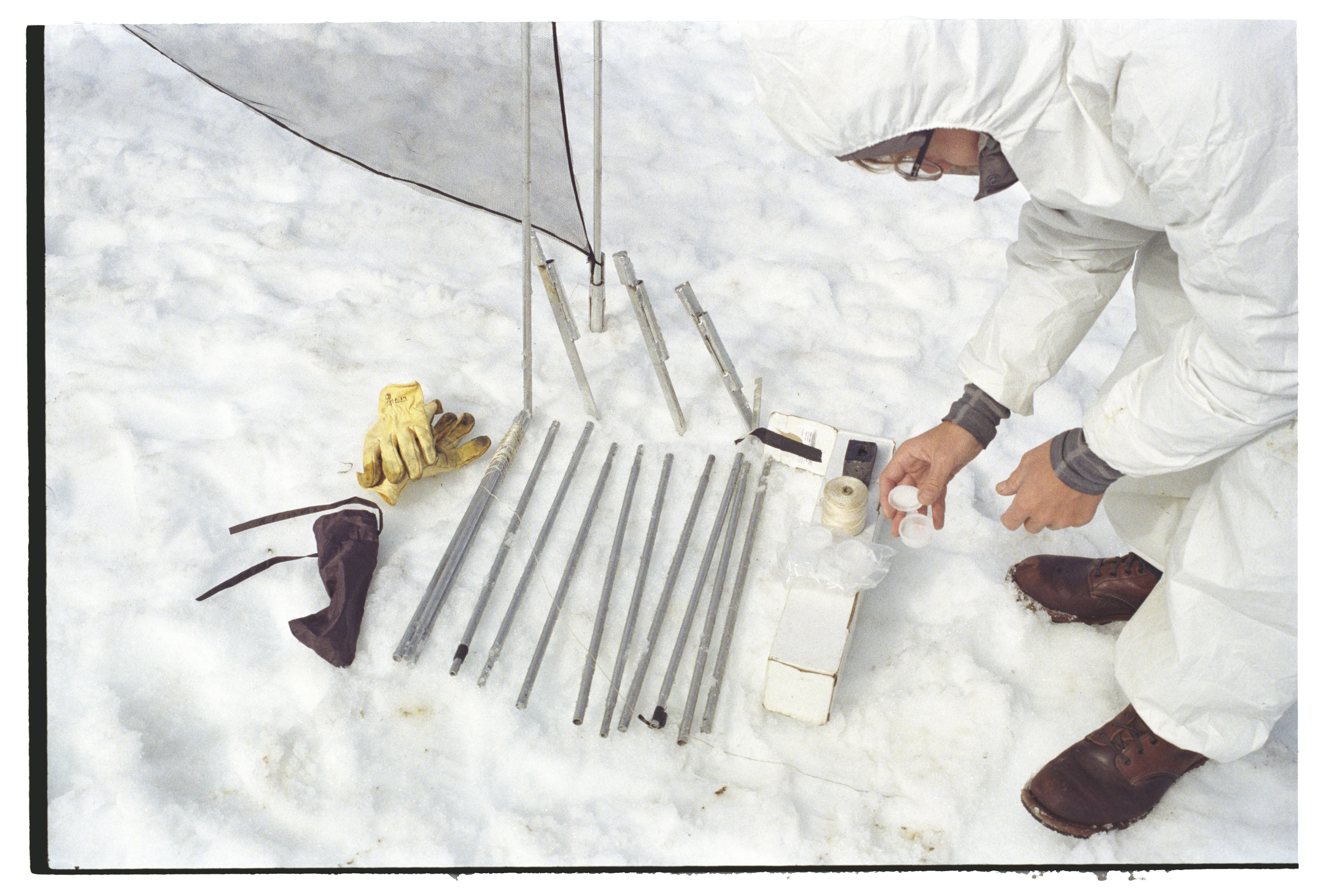
































































Site 3: The Overpass
Latitude: 65° 38' 25.3788'' N23°
Longitute: 14' 57.8724'' W



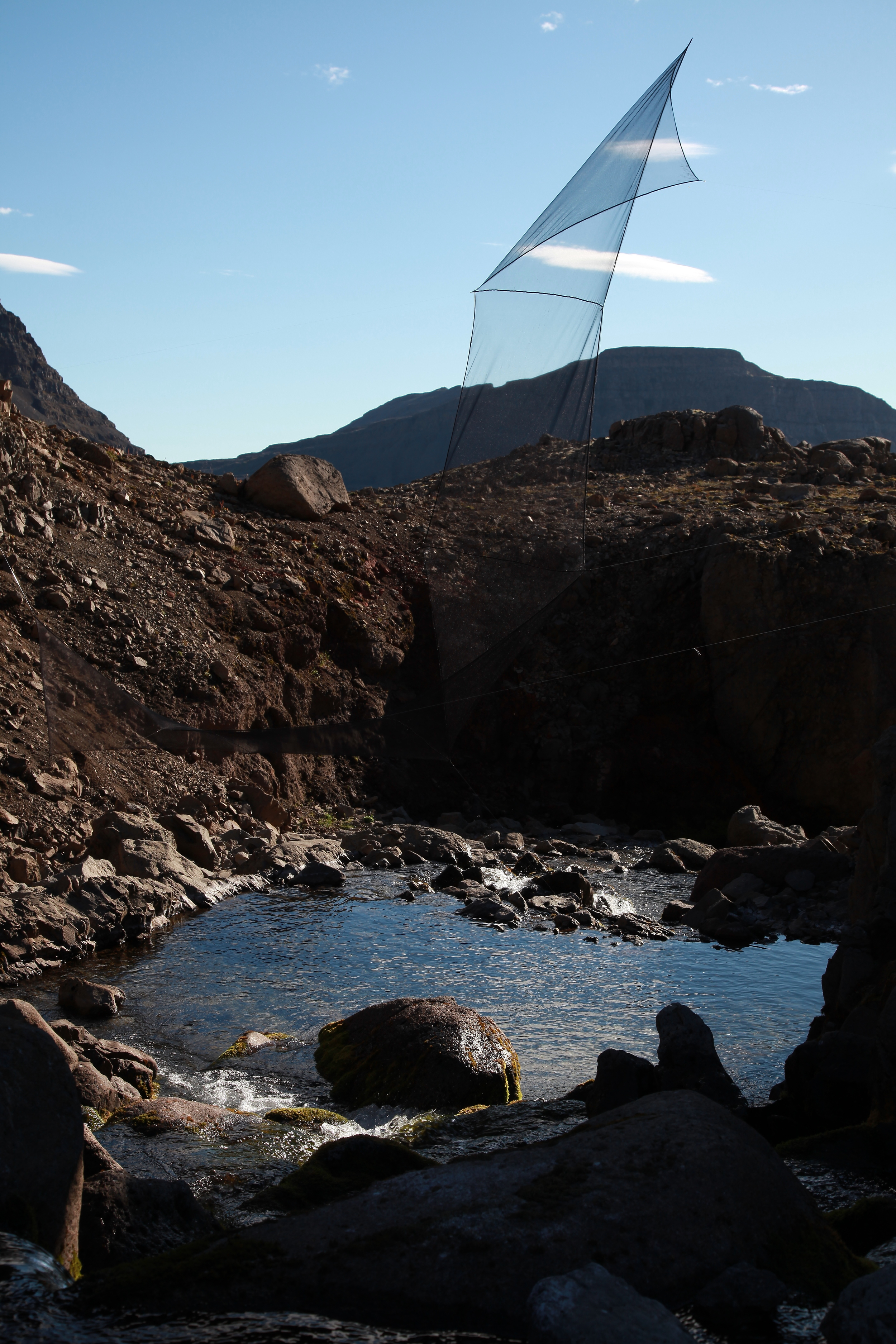
















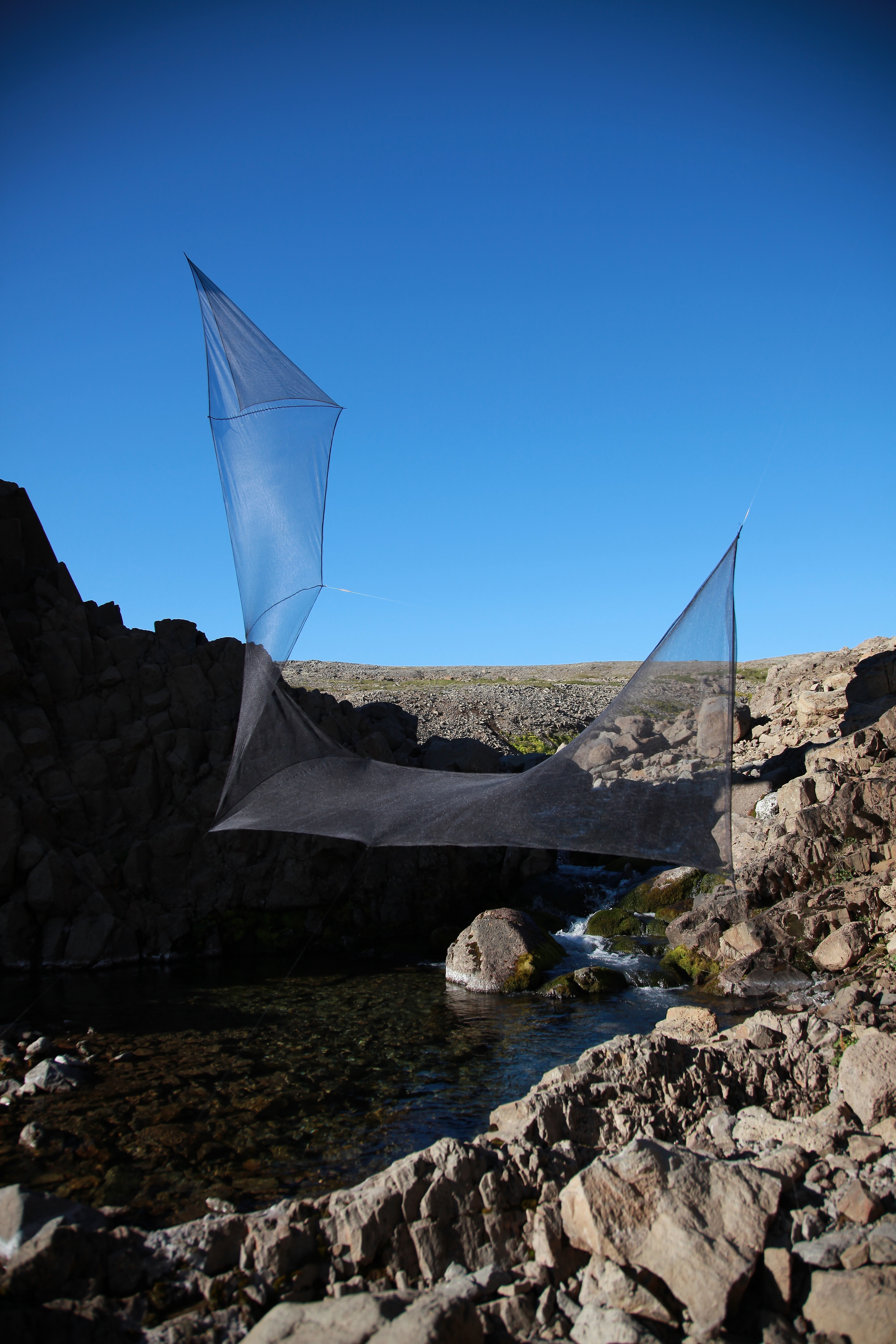











Site 4: Námafjall
Longitude: 65°38'30.1"N
Latitude: 16°48'27.1"W
























Site 5: The People's Pool
Longitude: 63.9830° N
Latitude: 19.0670° W





















"...right, traps, more often than not lure the animal with food.
it's really interesting to think about this rich, somewhat taken for granted history of eating food whist watching movies. Y'know, I mean working in a theatre we both know that even if people aren’t hungry they’ll get popcorn and start munching on this stuff, and leaving little trails in the darkness...
(laughs and clears throat)
little trails...yes
sometimes we have to eat our way into the film as well as conceive it visually...
yes, perhaps it has something to do with getting a sense of one's own weight, activating your insides, invigorating the culture in one’s gut, somehow contributing to the sense of weightlessness the cinema offers...
yes, and probably a kind of deactivation of normal bodily functions by eating something...
exactly, you’re changing the ratio to be more about in your stomach.
hmm, yes...
apparently the greeks used to think that the mind was in the stomach, today researchers are finding that 20 percent of all neurons in our brain are also in our stomach…
our brain neurons?
yes, and i also heard they've found some lining the walls of our heart. three minds it would seem... "
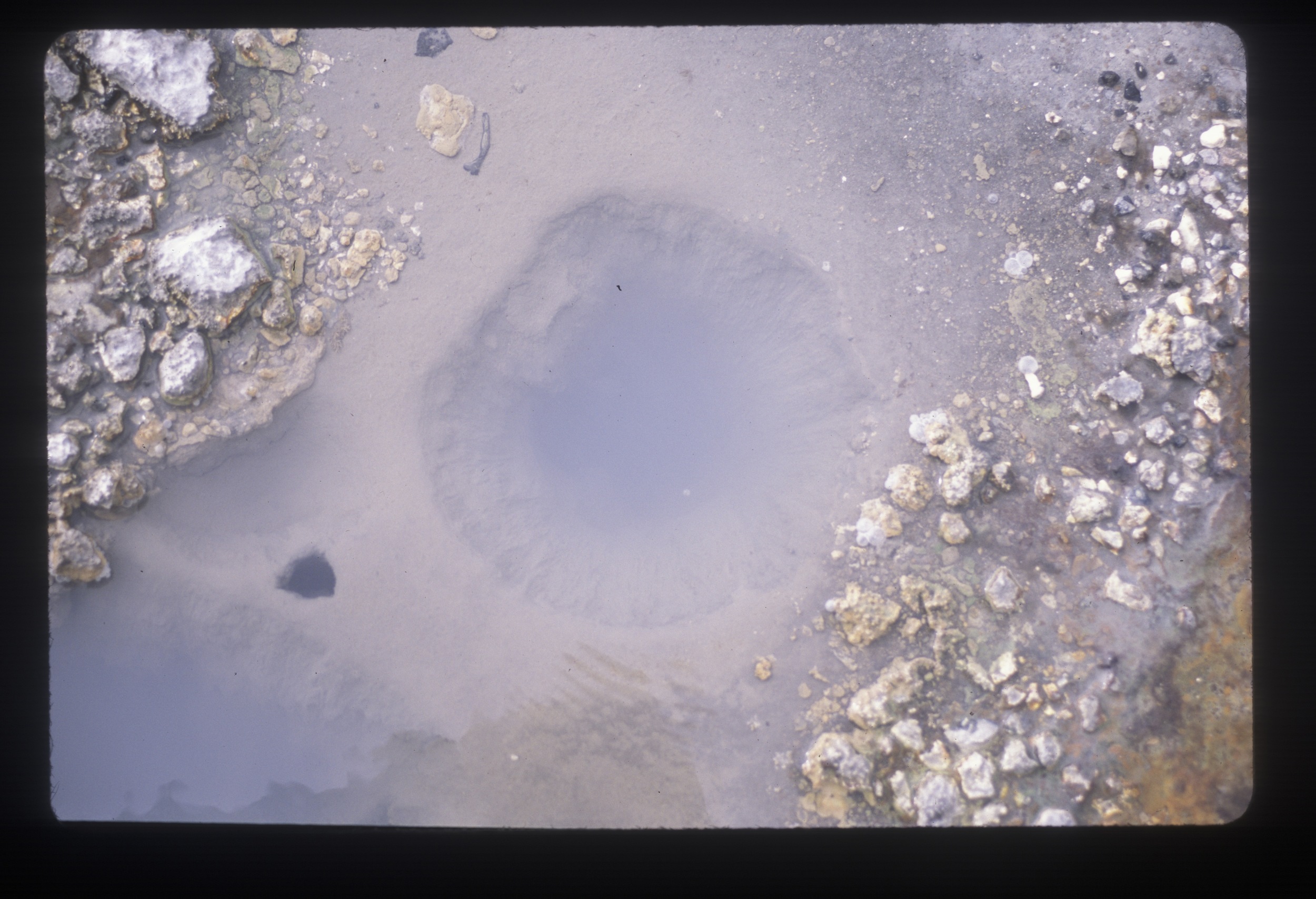
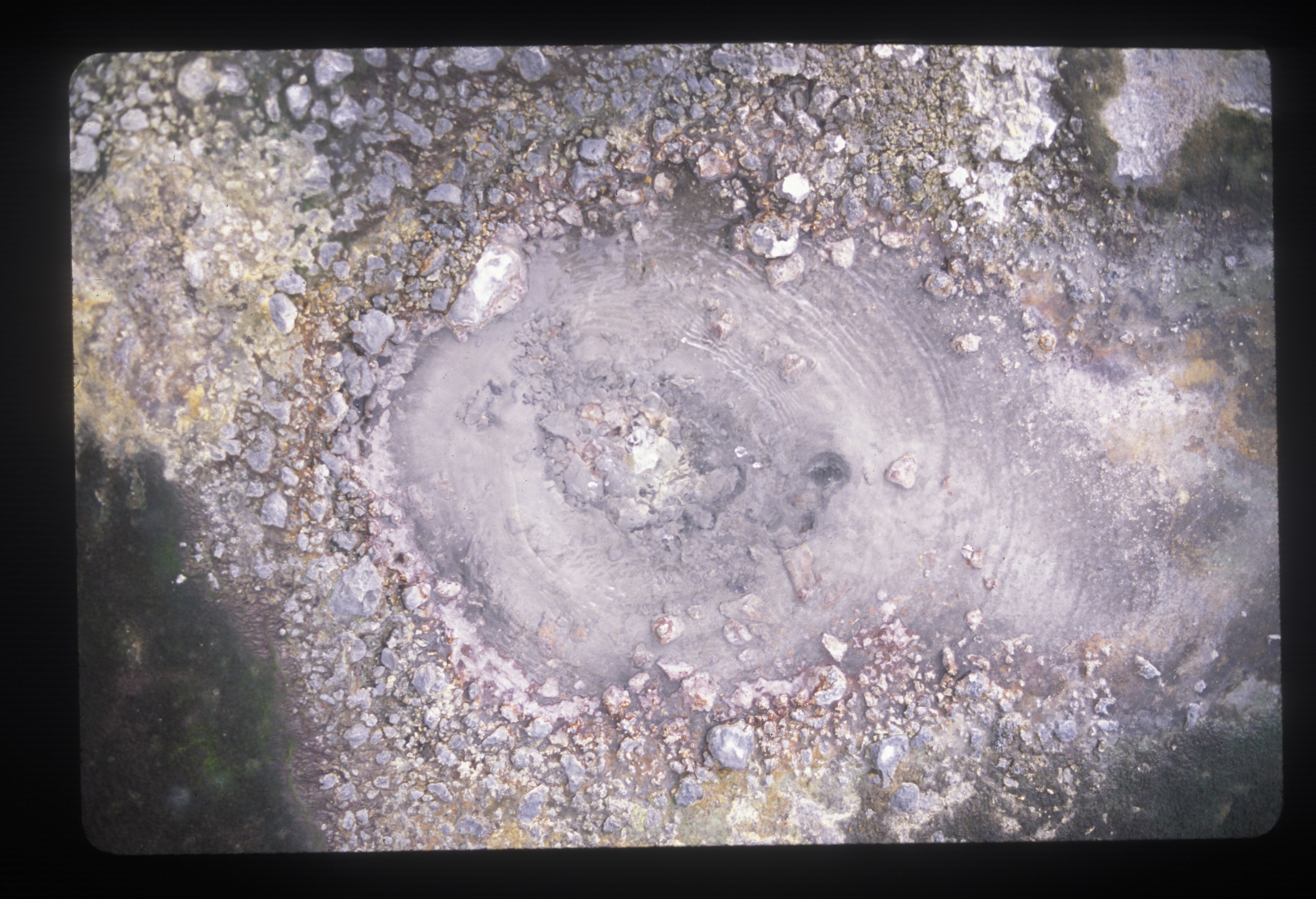

Site 6: Hrafntinnusker
Longitude: 19.168080"N
Latitude: 63.933261"W





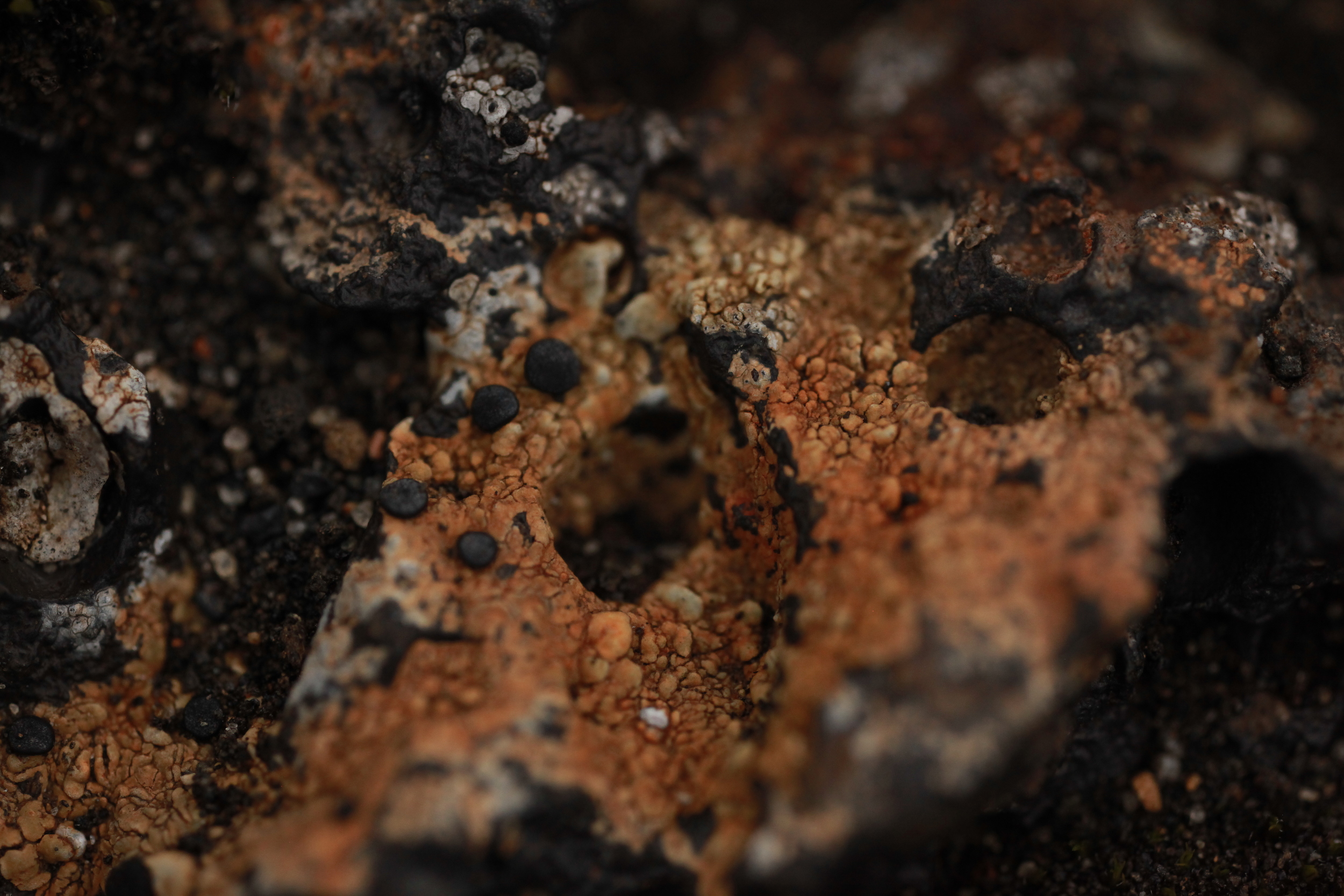


































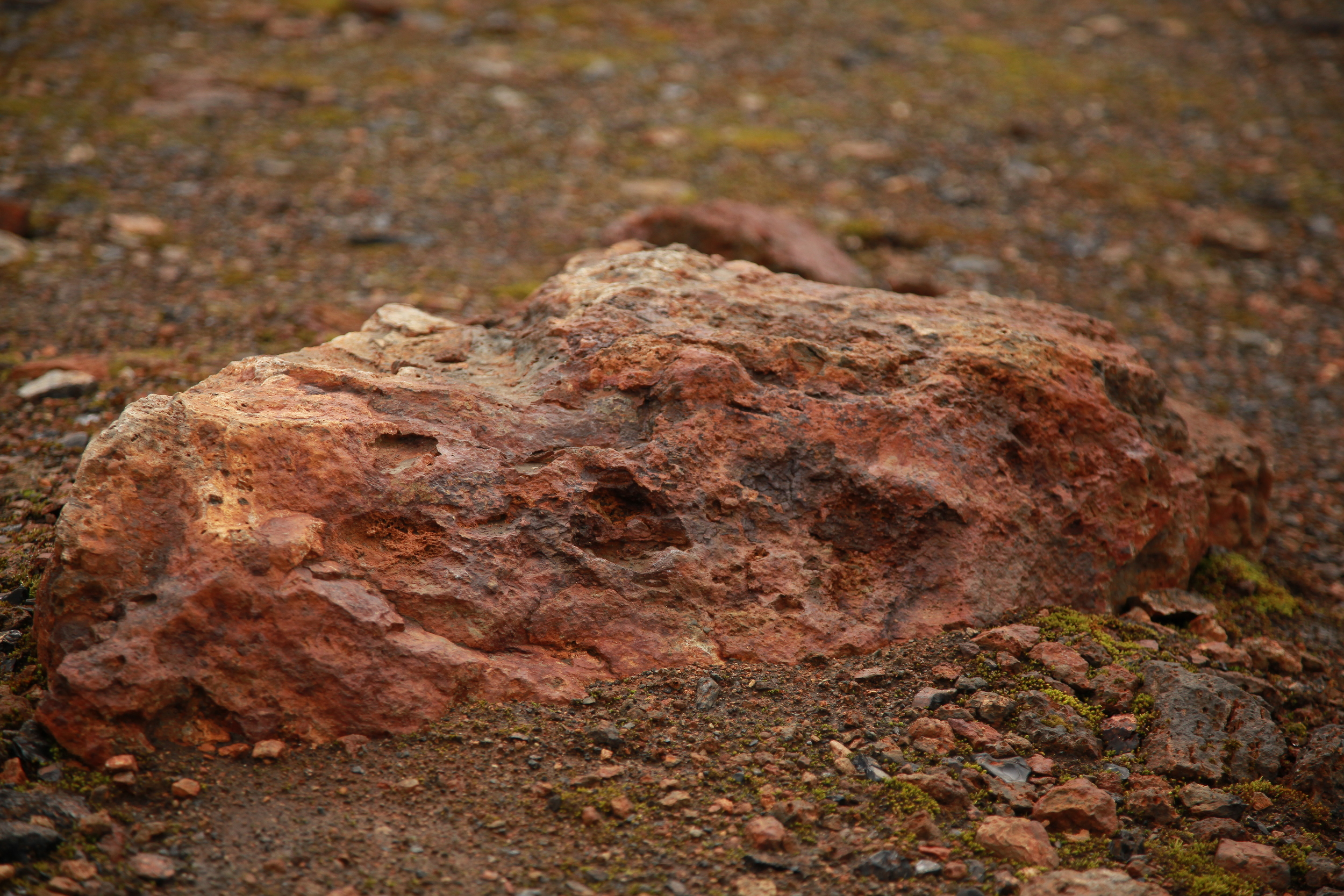




"...It was midnight when we were sailing directly over the Mid-Atlantic Ridge. As lightning surrounded our ship the storm charged the atmosphere with a sense of electric magic. The bolts of jagged light were yellow, and they breathed so effortlessly across hundreds of miles of sky, illuminated magnesium and silk lines connecting the sky and ocean together into a single metabolic system. And the afterimage of the lightning was blue. The strange thing about lightning is that it resembles its own after-image left upon the retina after is vanishes. Even after it disappears, it somehow manages to return to us, but physically contained within our bodies as a ghost of itself. Maybe this is how the cinema becomes a trap for humans... With enough darkness a room ceases to be a container, corners of the theater curve and become diaphanous, pushing back, blinks of the eye become less of a shutter in total darkness, and that energy once visual begins to oscillate between the ear and nose."
Site 7: Myvatn (Fly Lake)
Longitude: 65.6039° N
Latitude: 16.9961° W









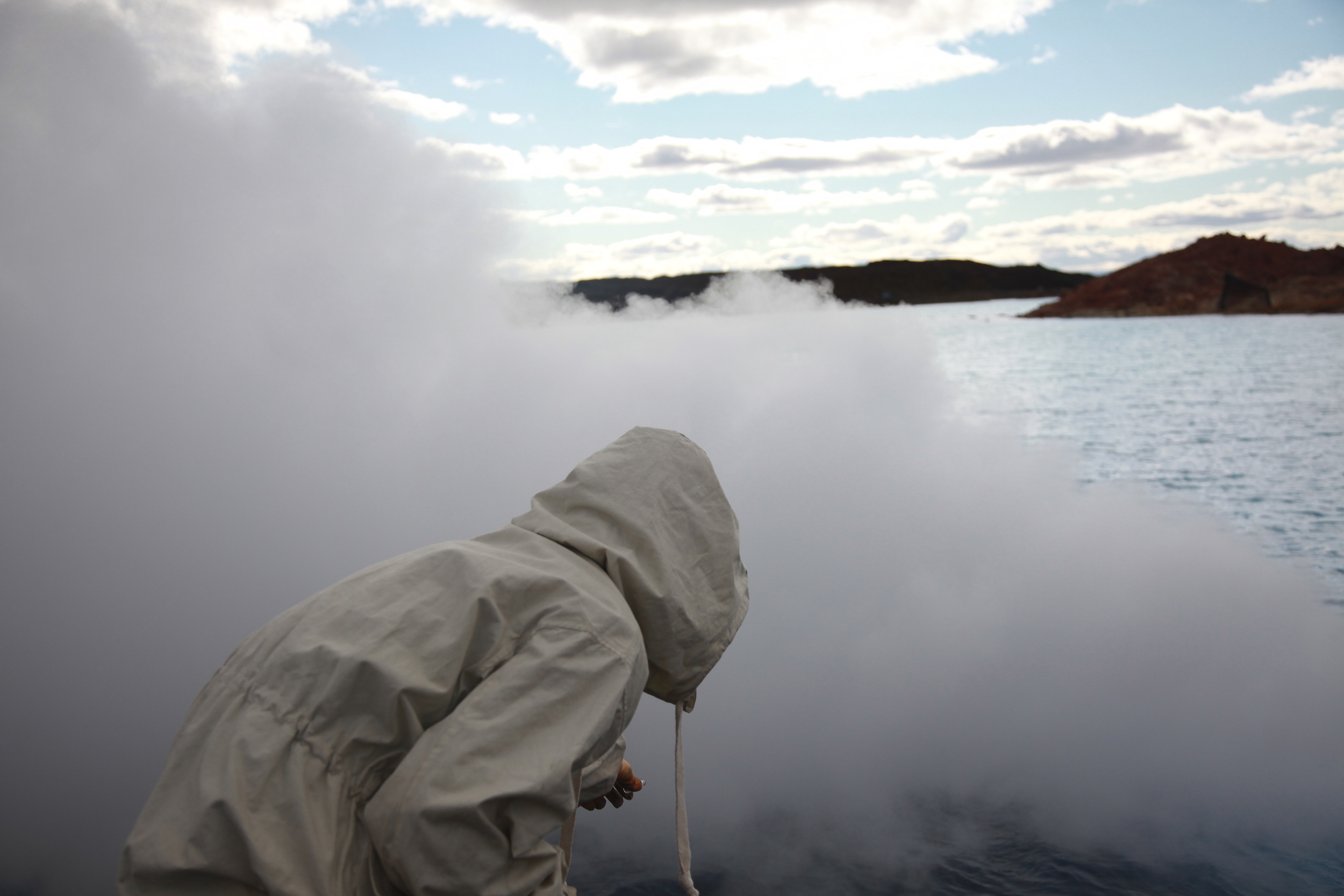















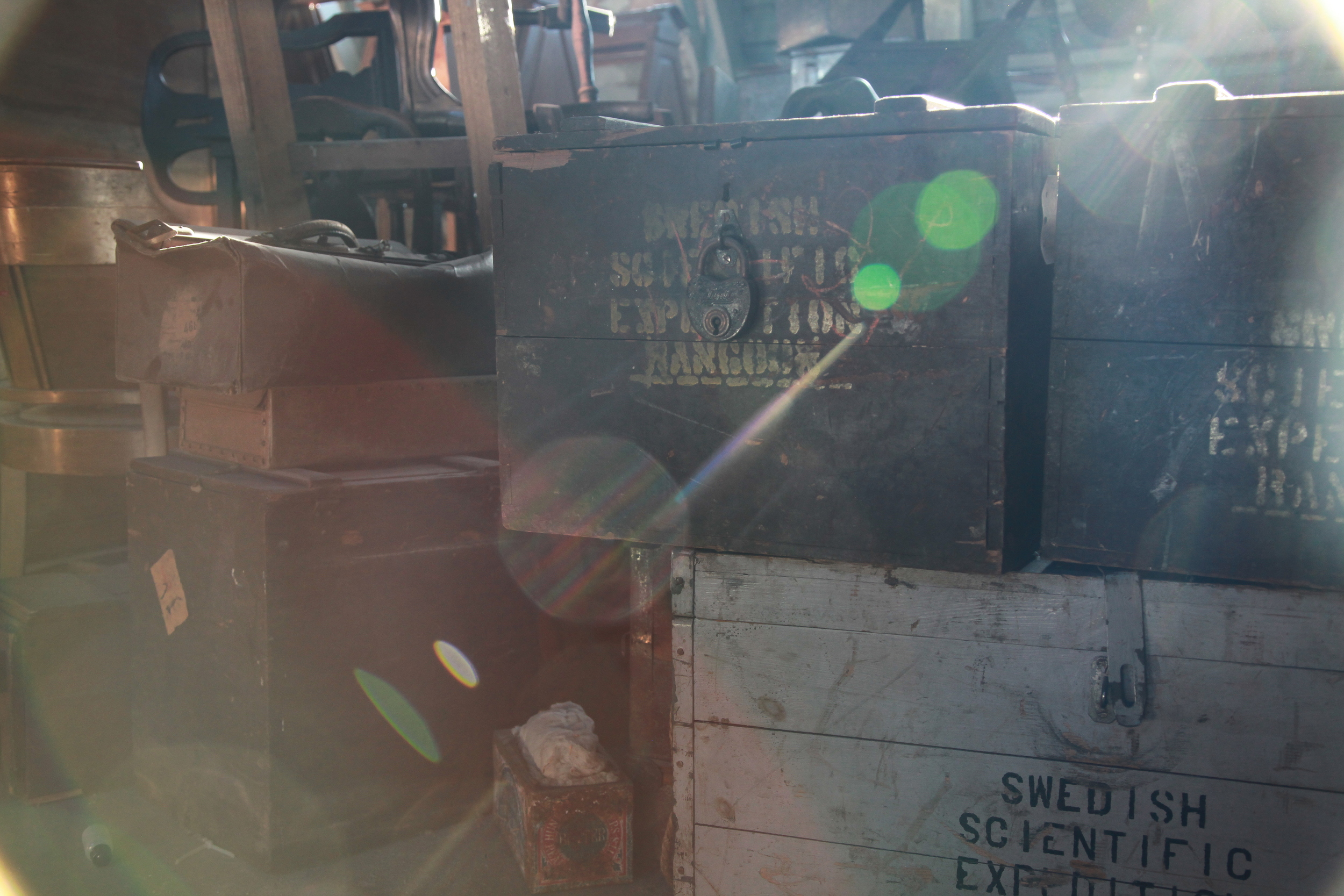











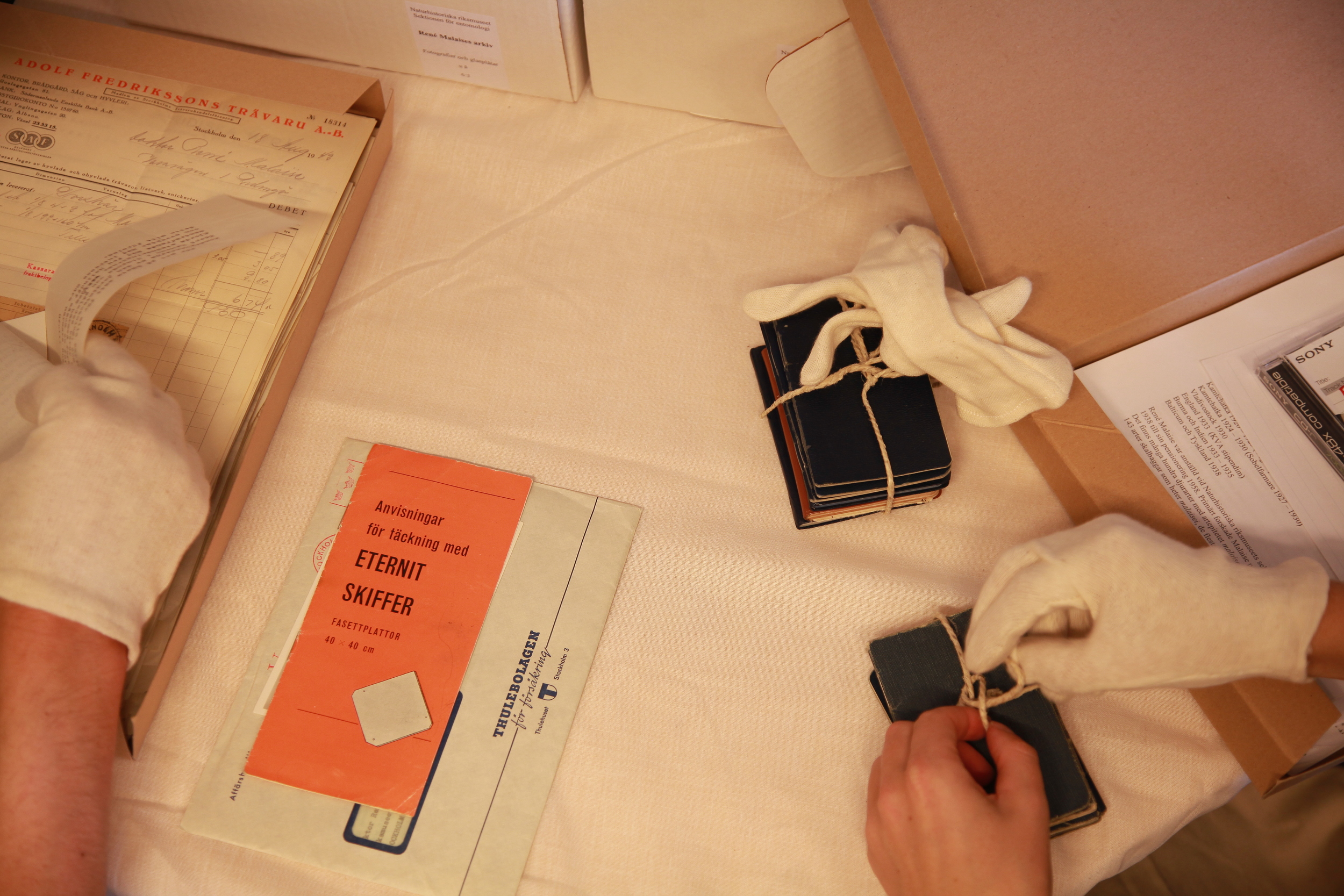



































Thanks to:
University of California Institute for Research in the Arts
Swedish Museum of Natural History; Entomology department
Taxidermist Jens Jenson from the Faroe Islands






















